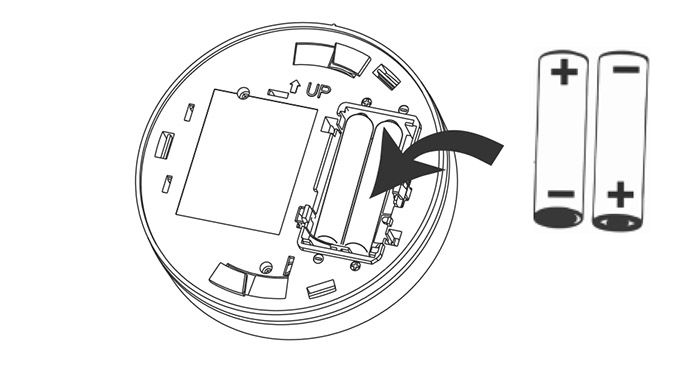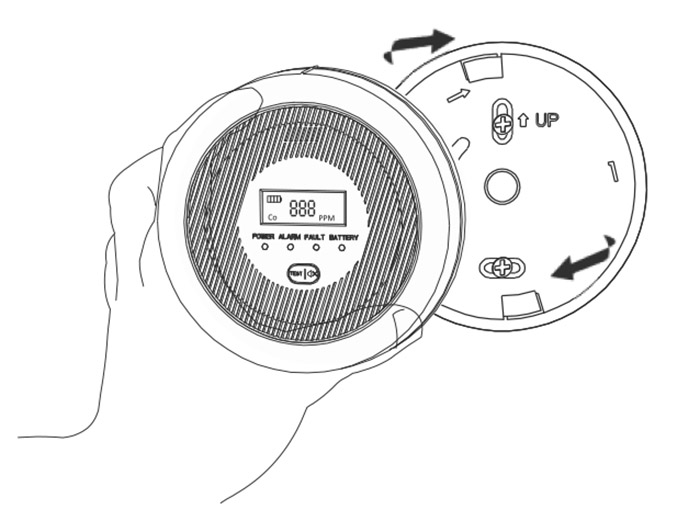- NEW




Battery-powered carbon monoxide (chad) detector with a high-precision electrochemical sensor.
Signalling: acoustic and optical
Holds a certificate of conformity with the PN-EN-50291-1:2018-06 standard
Purpose of the CTL-01 carbon monoxide detector
The CTL-01detector provides continuous protection by monitoring the air for dangerous concentrations of carbon monoxide. The detector signals both the concentration of carbon monoxide dangerous to life and health, as well as its increased level, which may affect well-being or, with prolonged exposure, also health. The level of dangerous carbon monoxide concentration is displayed on the LCD screen. At the same time, the detector alerts with a pulsating sound signal that repeats every 5 seconds and a flashing "ALARM" indicator .

